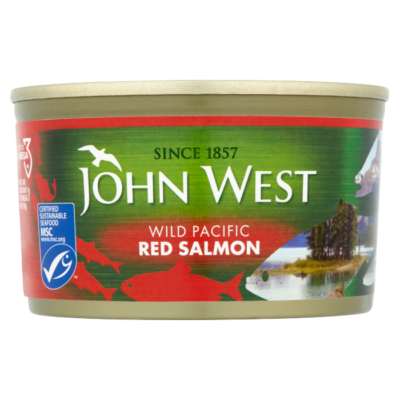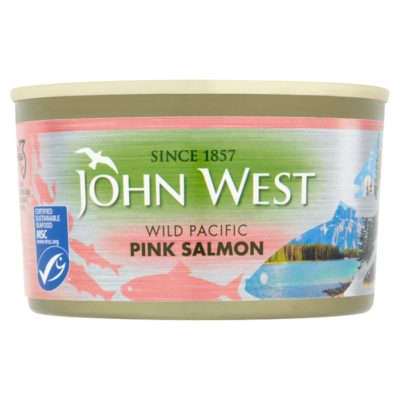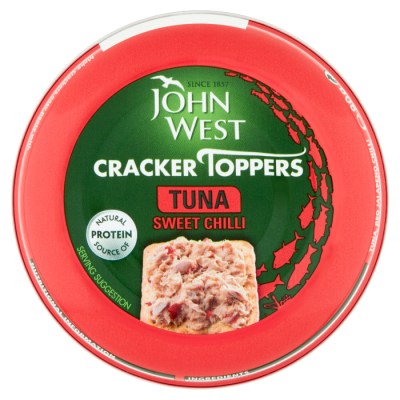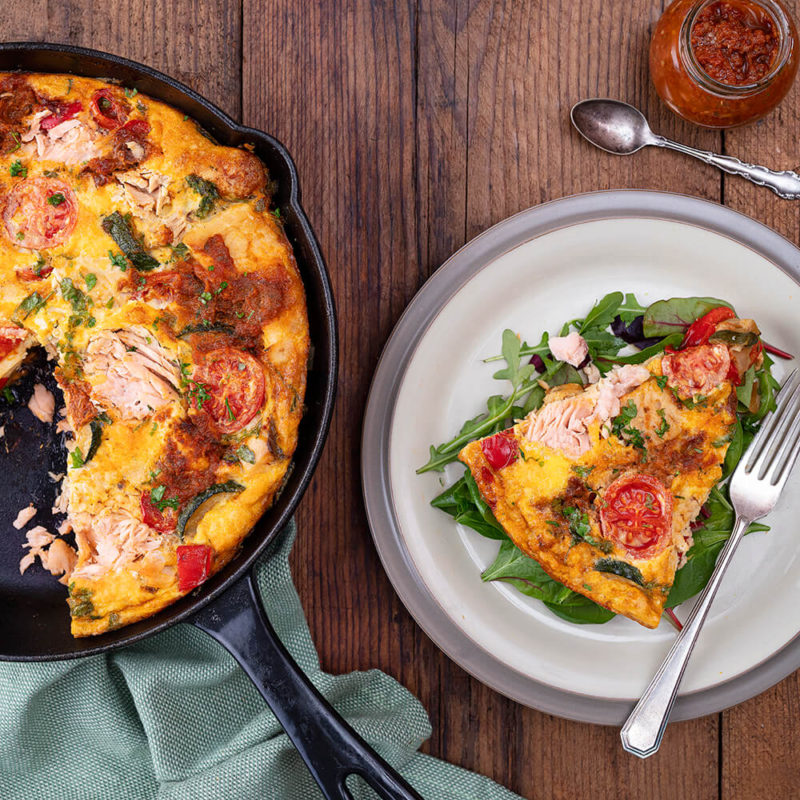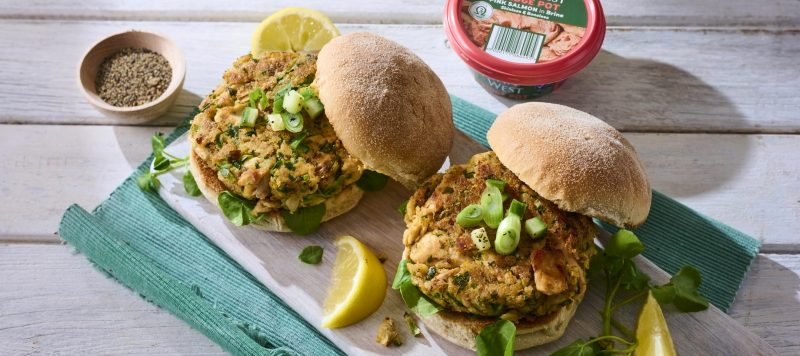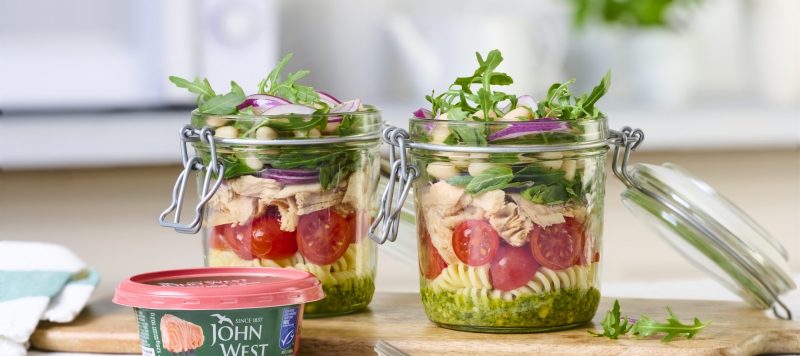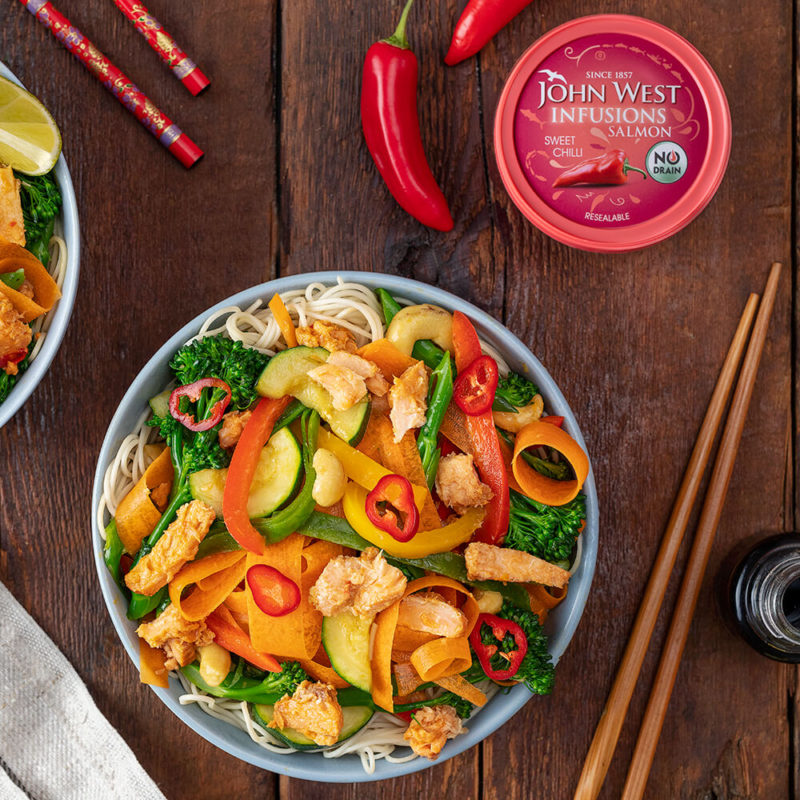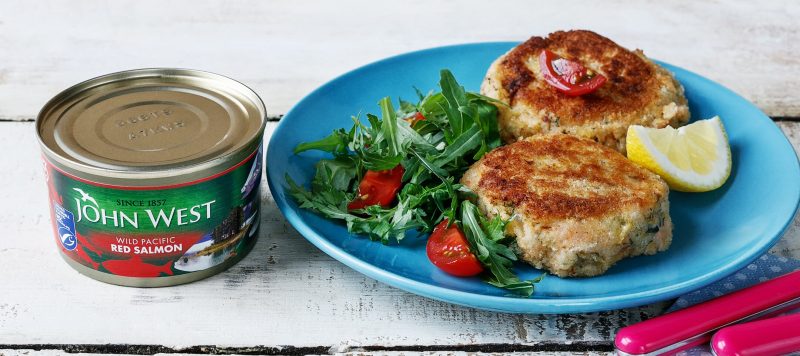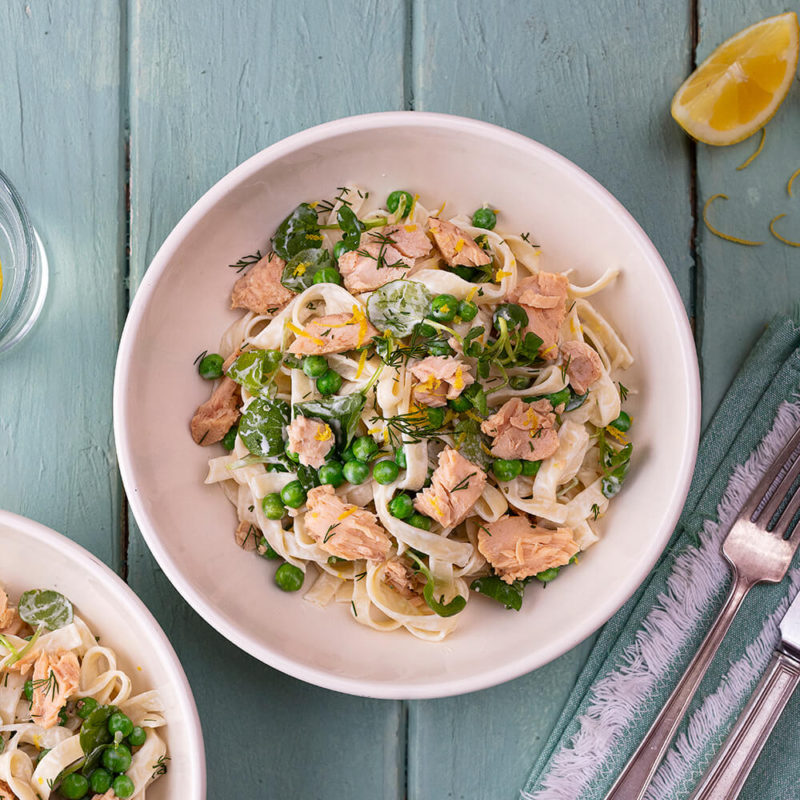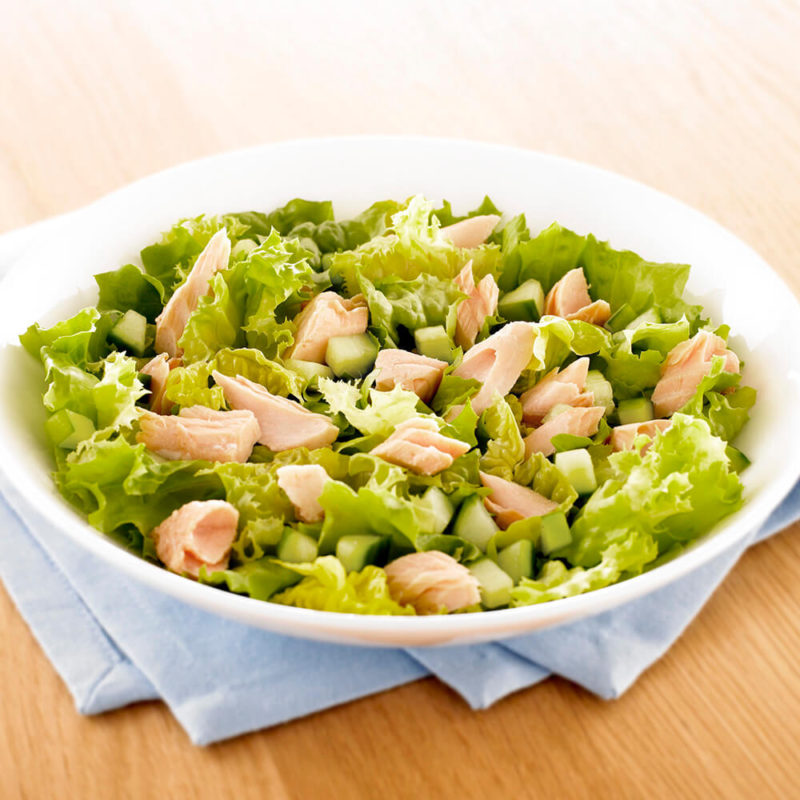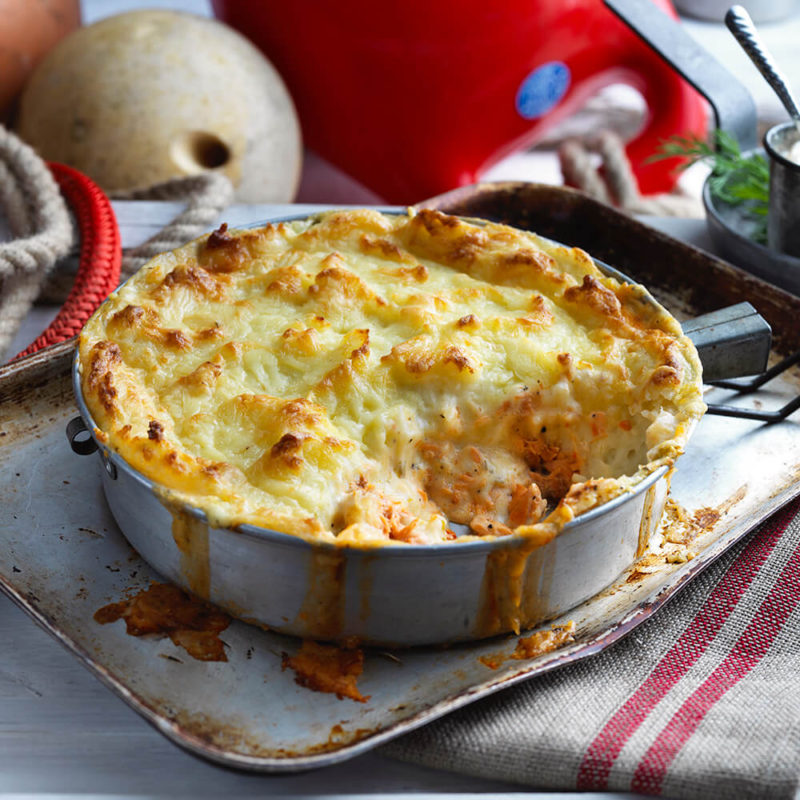This website uses cookies so that we can provide you with the best user experience possible. Cookie information is stored in your browser and performs functions such as recognising you when you return to our website and helping our team to understand which sections of the website you find most interesting and useful.
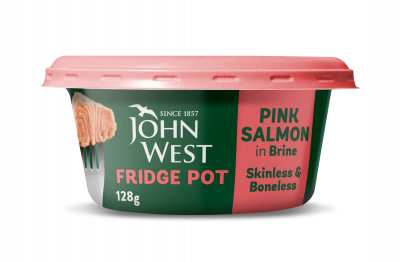
John West began life as a salmon salterie, and salmon is still one of our most popular fish today. From wild Atlantic Salmon, to our pink and red Pacific varieties, the tender texture and delicate flavour of salmon ensures its broad appeal. And for those short on time, our Infusions Salmon and Salmon Creations pouches let you enjoy this nutritious, succulent fish in minutes.
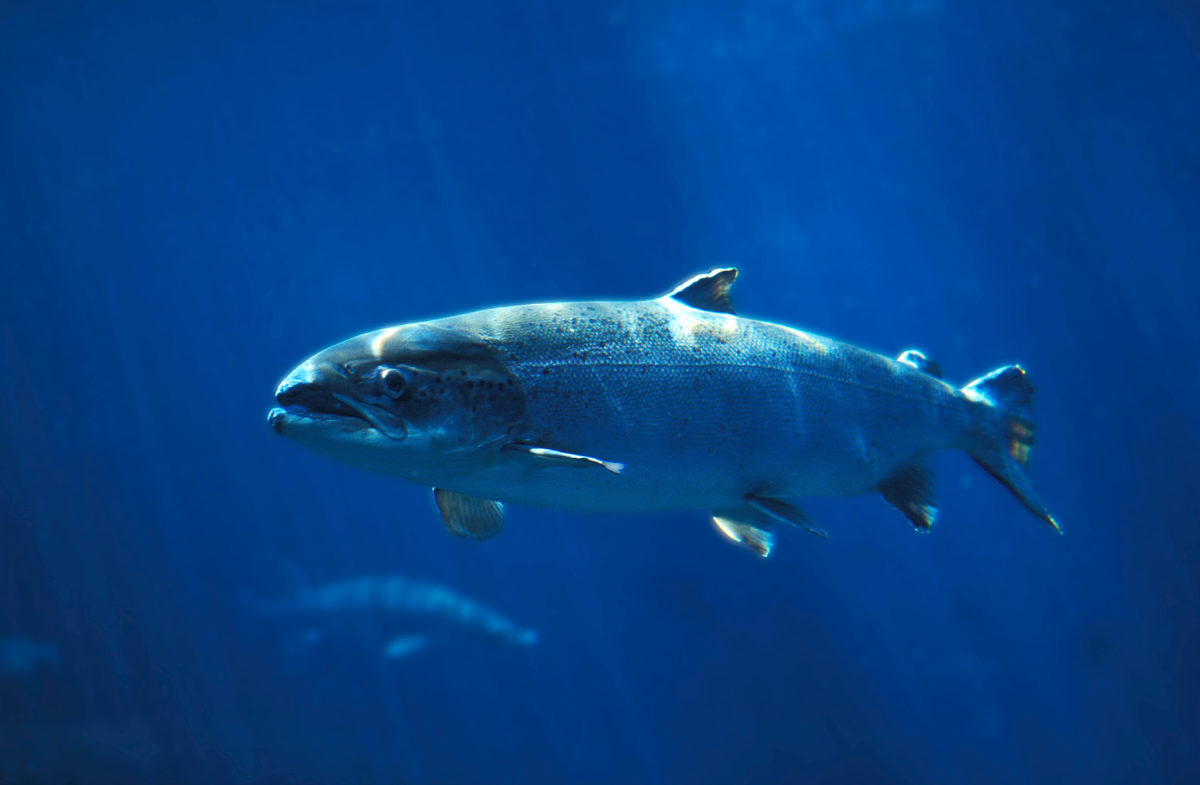
FROM SEA TO SHORE – OUR SALMON’S JOURNEY
Our very first fishery was based on the shores of North America, and our salmon is still imported from the US today. Whether it’s the Sockeye, Chinook, Chum, Pick or Coho species, John West salmon is immediately refrigerated on board before being taken back to shore. The fish is then transported to a local processing plant for grading, canning and distribution. The swift icing and packing of the salmon ensures its fresh taste and texture, no matter how long you choose to leave it in the cupboard.
Delicious Salmon Recipes...
From classic salmon cakes to innovative sweet chilli money bags, we’ve got endless ways for you to cook this tasty fish.
FAQ's
Here at John West, Salmon is the fish that we’ve been selecting for longer than any other, so it’s the one that’s closest to our hearts. Coincidentally it also happens to be good for your heart, which leads us very nicely into the health and nutritional benefits of this fantastic fish and why it’s so good for you.
Omega 3’s – hearts just love them
Salmon is a naturally oily fish, which means it’s a great source of long chain Omega 3 fatty acids*, which can play a big part in maintaining heart health and keeping all our tickers ticking along nicely. Dietary recommendations for just about everyone is to eat at least two portions of fish a week, including an oily one, so choose a day and make that your Salmon day.
Protein and calorie wise, it’s very wise!
In terms of protein, a 100g serving of John West Salmon contains as much as a pint of milk, and in terms of calories contains about 130 calories for the pink variety and 150 calories for the red.
A great source of two vital Vitamins
Other reasons to include canned Salmon in your diet, is the fact that it’s relatively low in saturated fat and an excellent source of two vital vitamins. In just one 100g serving for instance, you’ll find the recommended daily intake of Vitamin B12, which contributes to normal red blood cell formation.
Along with Vitamin B12, each can of Salmon is a great source of Vitamin D, which is essential for healthy teeth and bones and contributes to the maintenance of normal bones. Many people in the UK actually have a low Vitamin D intake and a 100g portion of canned Salmon contains over 7.5 microgrammes of this benefit-packed Vitamin. This happens to be the recommended daily reference intake for the over 65’s, and very few other foods naturally have such a high Vitamin D content.
Ideal for adding to diets, menus & kit bags
Whether you prefer your canned Salmon red or pink, or skinless and boneless, none of the John West varieties at least have any artificial colourings, additives or preservatives, so you can tuck into naturally great tasting fish with nothing else getting in the way.
All things considered, canned Salmon is definitely worth adding to your healthy diet, whether you’re keeping an eye on your figure or simply just watching what you eat. It’s also worth adding a can to your kit bag if you’re a regular gym visitor, so you can fuel up after a workout.
To find out lots of exciting and deliciously different ways of building more canned Salmon into your mealtimes, click here and take a look at our healthy recipes.
*The following health claim for EPA and DHA has been approved by EFSA (Commission Regulation (EU) 1924/2006 and 432/2012) (the beneficial effect is obtained with a daily intake of 250 mg of EPA and DHA).
But which is our favourite, canned Red Salmon or canned Pink Salmon? Well as you’d expect we don’t have one. We like them both the same.
But there are differences of course and not just in the colour, so if you’ve ever wondered what those differences are, we’re going to tell you.
Both caught wild in the wilds of Alaska and Canada
Red Salmon and Pink Salmon are both cold water fish that live in the Pacific Ocean, but swim to fresh water sources to spawn. Ours are caught wild in the rivers, lakes and estuaries of Alaska, where the waters are among the cleanest in the world. So far so similar, but there are some differences coming up.
What’s in a name?
Red Salmon is also known as ‘Sockeye’, whilst Pink Salmon is sometimes called ‘Humpie,’ so in both cases you can clearly see why those aren’t the names we put on the outside our cans. Somehow, we just can’t imagine anyone saying, ‘mmm I just fancy a Sockeye sandwich, or ‘I think I’ll make a Humpie salad for lunch’.
Different weights and different flavours
Another difference is in the weight, with Red Salmon on average coming in at 6 pounds, but Pink Salmon being a little lighter at around 4 pounds. You can taste a difference too, because Red Salmon tend to have a richer, fuller flavour and a firmer texture, whilst Pink Salmon have a milder flavour and a softer texture.
The differences in taste also mean that both fish are used in different ways, when it comes to preparing recipes. The more intense flavour of Red Salmon for instance makes it ideal for dishes containing other highly flavoured ingredients, such as olives. In an alternative kitchen, Pink Salmon’s more delicate flavour makes it perfect for salads or fishcakes.
In their own way though, they’re both very versatile.
They’re both winners in their own way.
And that’s about it really. Two fairly similar fish with lots of good things going for them. They both taste great, they’re both good for you, they both make excellent sandwiches and brilliant meals and they’re both very popular with you, our consumers. So as far as we’re concerned, if there were a talent contest for John West Red Salmon and John West Pink Salmon, they’d both come first.
You might prefer the taste of one over the other though, which is fine by us. And that’s why we offer both of them. So you can choose your favourite!
Yes there are, because we believe the skin and bones are an essential part of Salmons all round goodness. In fact the bones are an excellent source of calcium. If you like you can mash the soft bones into the fish so you’re hardly aware of them at all. Alternatively, the skin and bones may be removed before eating the Salmon, or you can choose John West skinless and boneless Salmon if that’s the way you like it.
